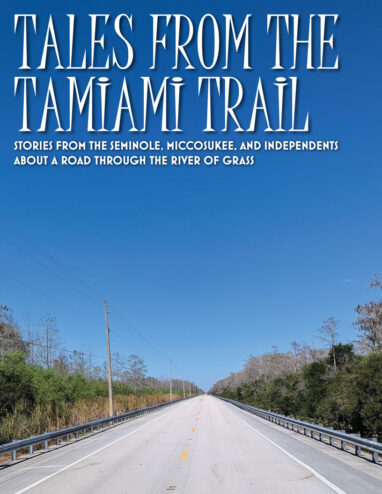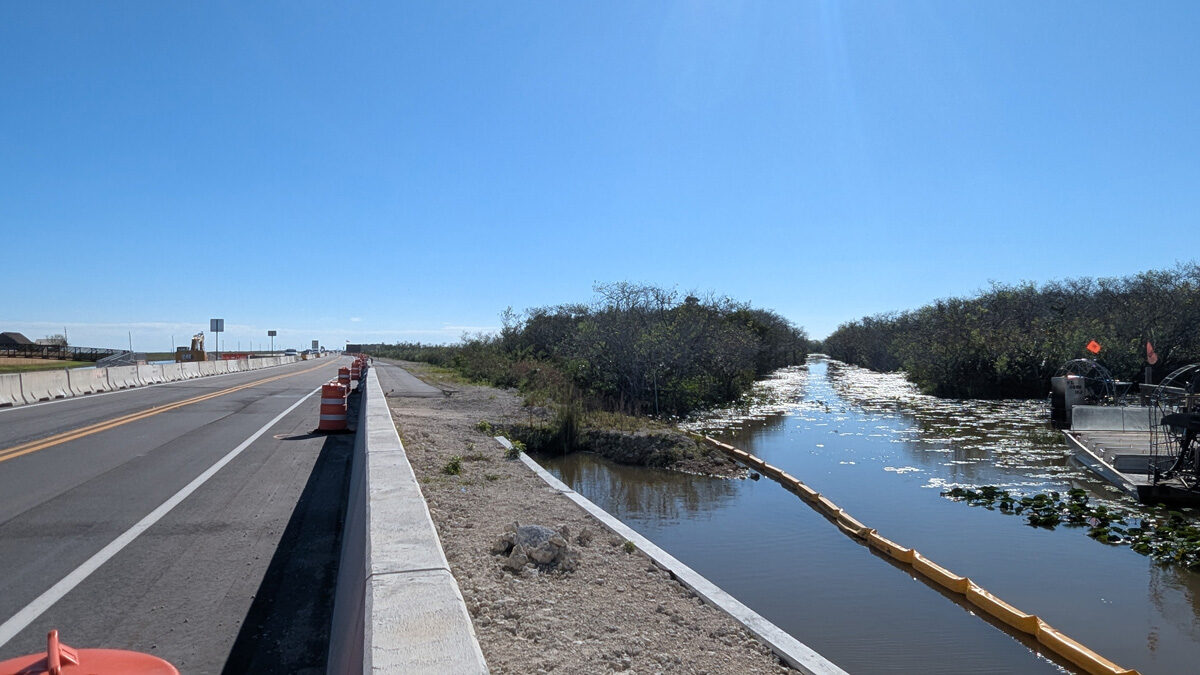It has a heartbeat. The pulse of what is seen by many as a long road has been a lifeline for my family and many others.”
-Tina Osceola
The original Tamiami Trail wasn’t travelled by car, but by foot and canoe. For the people living in ancestral Florida the wetlands were an open road. While most lived along the gulf and ocean coastlines, smaller communities have always existed in the interior wetlands, living off the land in what is now the Everglades and the Big Cypress Swamp. When American speculators first talked about connecting the cities of Tampa and Miami by land, the Seminole and Miccosukee were still living in the wetlands, unconquered.
What did the building of Tamiami Trail across the Everglades mean to different generations of Seminole and Miccosukee? From a single generation who grew up in traditional chickee camps in the 1960s, we can hear the stories of the fight for tribal independence, for education, for Everglades protection, and for keeping heritage alive. This generation grew up hunting and fishing in the Everglades, bathing in the canals, and living with extended families in camps where they heard stories of survival and resilience from their grandparents who lived through the violence and terror of the Seminole War, instead of reading about it in history books. They grew up on the Trail being told by their grandparents to protect themselves from outsiders, to listen to their elders, to know how to be self-sufficient in case violent times returned, and to embrace humility and honor a sense of duty to their families. Their stories reveal how important certain role models and educational pioneers were in placing them on the path that they are on today.





